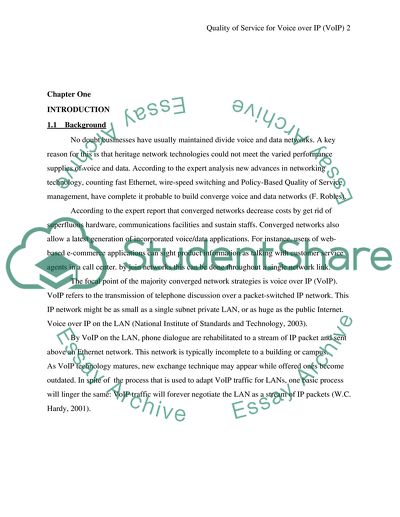Cite this document
(“Quality of service for VoIP Dissertation Example | Topics and Well Written Essays - 3500 words”, n.d.)
Quality of service for VoIP Dissertation Example | Topics and Well Written Essays - 3500 words. Retrieved from https://studentshare.org/information-technology/1537719-quality-of-service-for-voip
Quality of service for VoIP Dissertation Example | Topics and Well Written Essays - 3500 words. Retrieved from https://studentshare.org/information-technology/1537719-quality-of-service-for-voip
(Quality of Service for VoIP Dissertation Example | Topics and Well Written Essays - 3500 Words)
Quality of Service for VoIP Dissertation Example | Topics and Well Written Essays - 3500 Words. https://studentshare.org/information-technology/1537719-quality-of-service-for-voip.
Quality of Service for VoIP Dissertation Example | Topics and Well Written Essays - 3500 Words. https://studentshare.org/information-technology/1537719-quality-of-service-for-voip.
“Quality of Service for VoIP Dissertation Example | Topics and Well Written Essays - 3500 Words”, n.d. https://studentshare.org/information-technology/1537719-quality-of-service-for-voip.


